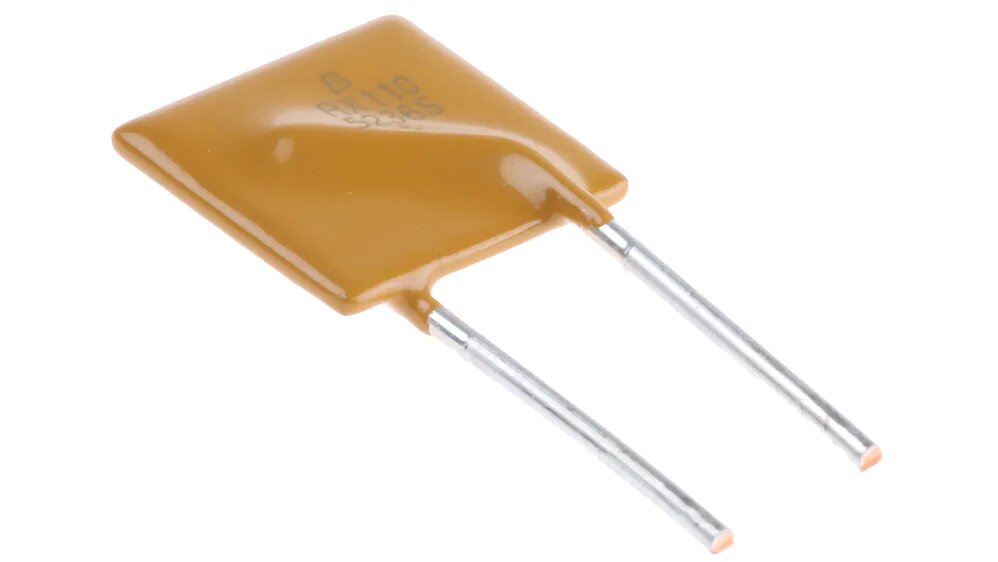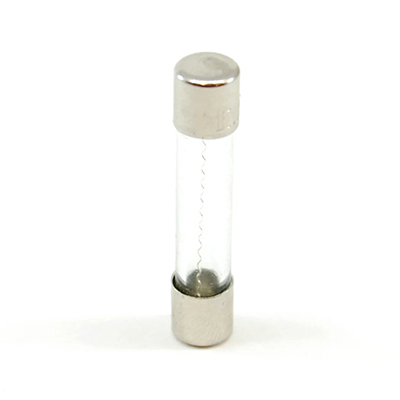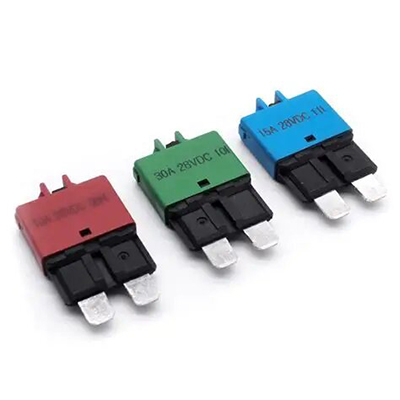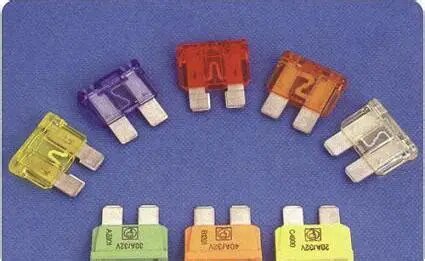Standard Size Specifications for Automotive Current Fuses
News 2025-10-24
Automotive current fuses are critical components in vehicle electrical systems, designed to protect circuits from overcurrent conditions. These fuses come in standardized sizes to ensure compatibility, reliability, and ease of replacement across various automotive applications. Understanding these standard sizes is essential for engineers, technicians, and manufacturers to maintain safety and performance in vehicles. By adhering to industry norms, such as those set by organizations like SAE International or ISO, fuse sizes help prevent electrical failures that could lead to fires or malfunctions. This article explores the key aspects of automotive current fuse standard sizes, focusing on their dimensions, applications, and benefits in modern automotive design.

Common Standard Sizes
Automotive fuses are typically categorized by their physical dimensions and current ratings, with common types including blade fuses, glass tube fuses, and bolt-in fuses. Standard blade fuse sizes, such as the mini (10.9mm x 16mm x 4mm) and standard (19.1mm x 19mm x 5mm) varieties, dominate modern vehicles due to their compact design and ease of use. These sizes are standardized to fit specific fuse boxes, ensuring quick installation and removal. Performance advantages include precise current interruption capabilities, with ratings ranging from 1A to 40A, which enhance circuit protection without adding unnecessary bulk. This standardization also supports cost-effective manufacturing and global supply chain integration.
Application Scenarios
In automotive settings, standard fuse sizes are applied in diverse scenarios, from protecting lighting systems to safeguarding engine control units. For instance, in electric vehicles, compact fuse sizes like the ATO/ATC series are used in high-voltage circuits to handle increased current demands while maintaining space efficiency. Performance benefits include rapid response times to overcurrent events, which minimize damage and improve vehicle longevity. Additionally, these standardized dimensions allow for seamless integration in aftermarket modifications, such as audio systems or accessory installations, ensuring that fuses can be easily sourced and replaced without custom adaptations.
Frequently Asked Questions
1. What are the primary standard sizes for automotive fuses?
The main sizes include mini blade fuses at 10.9mm x 16mm, standard blade at 19.1mm x 19mm, and glass tube fuses at 6.3mm x 32mm, chosen based on current rating and space constraints.
2. How do standard sizes impact fuse performance in vehicles?
Standard sizes ensure consistent melting and breaking capacities, providing reliable overcurrent protection and reducing the risk of electrical faults in dynamic automotive environments.
3. Are there variations in fuse standards across different regions?
Yes, while SAE and ISO standards are widely adopted, regional differences exist, such as JASO in Japan, but many manufacturers align with global norms for compatibility.


